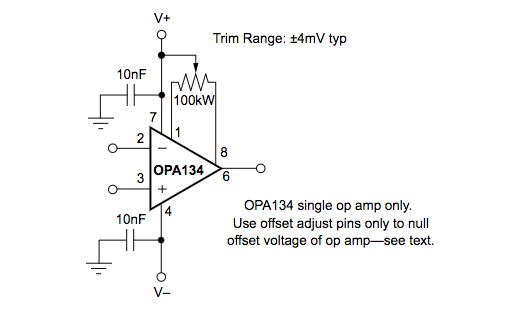 |
Computer Audio Asylum Music servers and other computer based digital audio technologies. |
For Sale Ads |
 |
Computer Audio Asylum Music servers and other computer based digital audio technologies. |
For Sale Ads |
Use this form to submit comments directly to the Asylum moderators for this forum. We're particularly interested in truly outstanding posts that might be added to our FAQs.You may also use this form to provide feedback or to call attention to messages that may be in violation of our content rules.
Original Message
RE: "homemade dual opamps."
Posted by AbeCollins on December 21, 2016 at 23:18:05:
He's not really making a "homemade opamp". That would require a couple billion dollar investment in a semiconductor fab. He's not even making a discrete opamp from a handful of transistors.
He is simply incorporating a minor tweak to another opamp and placing it on a header adapting it to fit into his existing opamp IC socket. More specifically he is using an opamp with an offset adjustment to null out any DC offset at the output of the opamp. This is typically done with a multi-turn trimpot.
Also, I'm not sure what he means when he says "it's easier if you have an opamp tester". Personally, I've never heard of such a thing. Try Googling it. You -might- find an oddball classroom gadget or hobby toy that fits that description . A good digital multi-meter (DMM) is what most professionals would use.
A representative op-amp block diagram with 100K-Ohm offset adjustment trimpot.